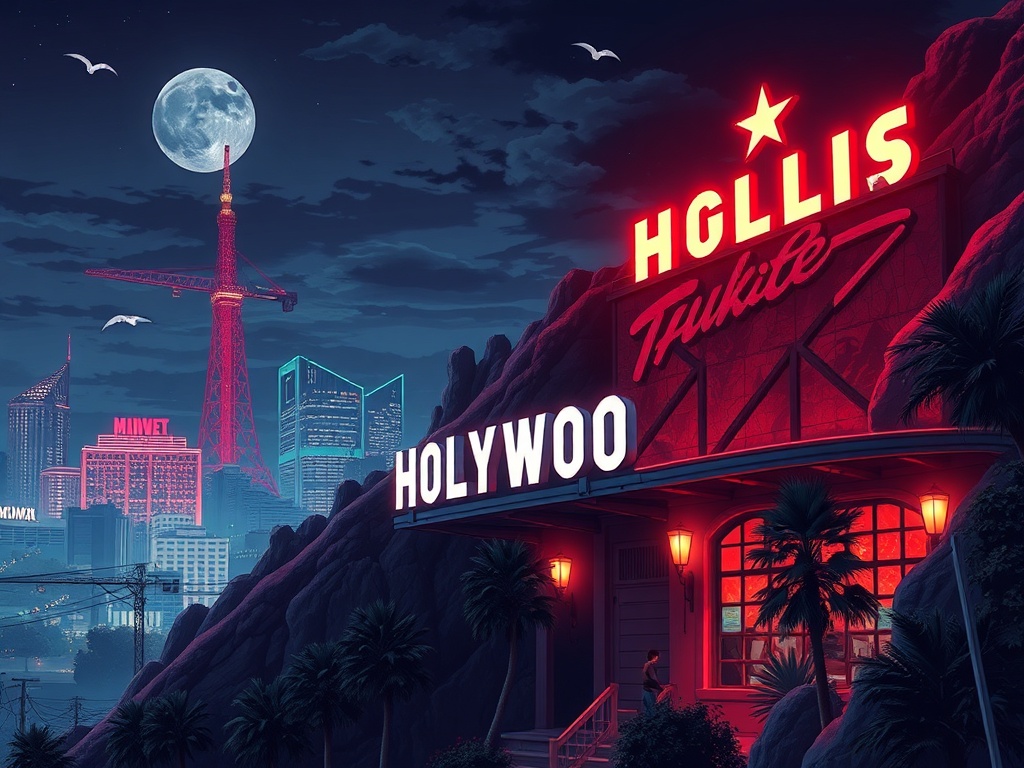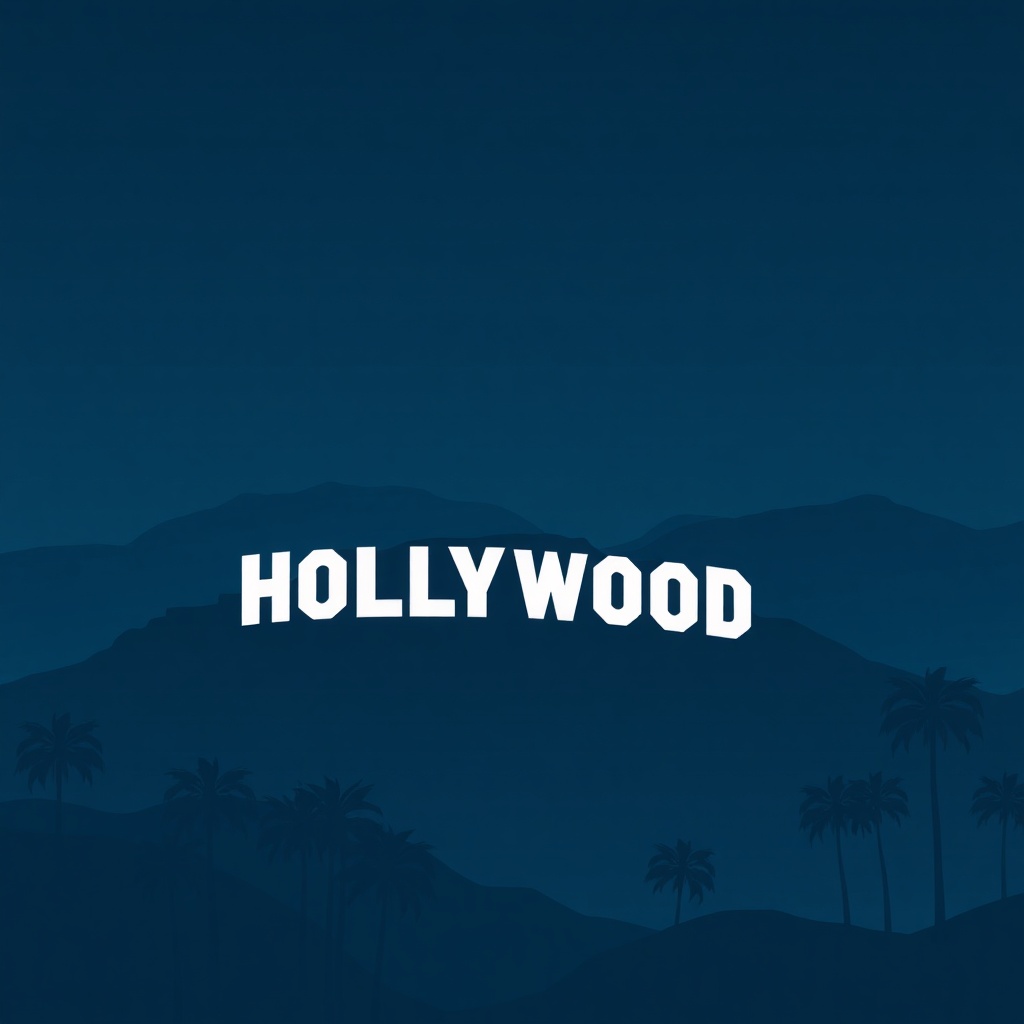Hollywood is reshaping how films reach audiences, blending old-school spectacle with new delivery models. The competition between streaming platforms, theatrical exhibitors, and direct-to-consumer marketing is forcing studios, independents, and filmmakers to rethink release strategies, storytelling, and audience engagement.
Shifting release strategies and the theatrical experience
Studios are experimenting with the length and exclusivity of theatrical windows, using eventized releases to drum up box office momentum. Premium formats and enhanced cinema amenities aim to make theatergoing a destination again, while day-and-date and shortened windows give viewers flexible viewing options at home.
This shift benefits films positioned as must-see communal experiences but also creates opportunities for smaller movies to find an audience through targeted digital release plans.
Franchise fatigue — and the appetite for originals
Blockbuster franchises remain headline makers, but there’s growing audience fatigue with formulaic sequels and endless reboots.
That fatigue opens space for original storytelling and smaller-budget films that offer fresh perspectives. Studios balancing tentpoles with riskier, auteur-driven projects can capture diverse audience segments and critical attention. For creators, originality, strong character work, and clear marketing hooks are more important than ever.
Independent film and the festival-to-platform pipeline
Independent filmmakers are using festival exposure, targeted PR, and strategic platform partnerships to carve out visibility.
Festivals continue to be vital discovery engines, while streaming services and boutique distributors offer viable follow-up paths. Savvy indies optimize festival runs, build grassroots marketing, and prepare flexible distribution plans that can include limited theatrical runs, platform premieres, and international sales.
Diversity, inclusion, and audience expectations
Audiences are increasingly attentive to representation both on-screen and behind the camera.
Films that reflect diverse experiences often generate strong word-of-mouth and critical acclaim, proving that inclusion can be a commercial advantage as well as a moral imperative. Industry shifts toward hiring diverse talent and telling a wider range of stories are reshaping casting, writers’ rooms, and production pipelines.
Global markets and localized storytelling
Global box office remains a critical revenue stream, and localization—through casting, dubbing, and culturally resonant marketing—plays an important role. Films that translate emotionally and culturally tend to perform well across multiple territories. Cooperative international financing and co-productions are also enabling projects that might not fit traditional studio formulas.
Marketing, data, and direct fan engagement
Data-driven marketing helps studios identify target audiences and optimize ad spend, but organic fan engagement still matters most for longevity. Social media communities, early screenings for influencers, and creative experiential campaigns build anticipation. Filmmakers who cultivate direct relationships with fans through mailing lists, exclusive content, and community events can turn interest into sustained support.

Practical tips for filmmakers and marketers
– Prioritize storytelling: a distinctive voice and clear emotional stakes cut through noise.
– Plan flexible distribution: be ready to pivot between theatrical, festival, and streaming opportunities.
– Build community early: engage niche audiences before release to amplify word-of-mouth.
– Think globally: tailor marketing for international markets and consider co-production partners.
– Emphasize representation: authentic casting and diverse creative teams enhance credibility and reach.
Hollywood is in a state of productive tension, where legacy models and new platforms coexist and cross-pollinate. That environment rewards creativity, strategic thinking, and a willingness to experiment with how stories are told and delivered. The filmmakers and companies that adapt thoughtfully will be best positioned to capture attention in a crowded entertainment landscape.








